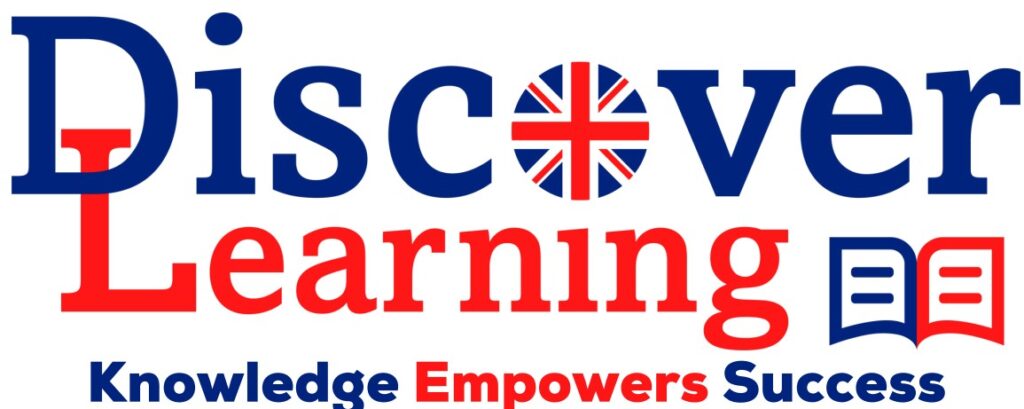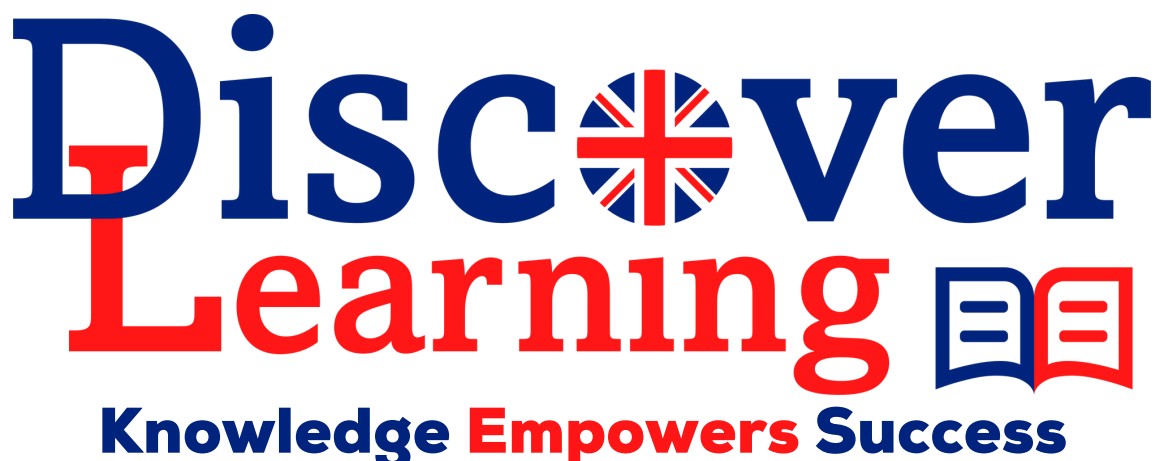Navigating academic challenges requires customized approaches tailored to each student’s unique needs. Dyslexia and dyscalculia represent distinct learning styles that may benefit from targeted instructional strategies to unlock students’ full potential. This article explores effective methods for assisting students with dyslexia and dyscalculia used by Discover Learning educators.
Understanding Dyslexia
Dyslexia is a common learning difference estimated to impact 10-20% of the population. It involves unique ways of processing written language that can lead to difficulties with reading, spelling, writing, and pronouncing words. Dyslexia occurs on a spectrum, ranging from mild to severe, and persists throughout life.
People with dyslexia may struggle to connect letters to sounds or have trouble breaking longer words into smaller phonetic units. As a result, learning to read fluently, with accuracy, and at grade level can be challenging. Dyslexia also impacts working memory, making it difficult to remember sequences like letters in a word or a list of instructions.
While dyslexia impacts learning to read, it has no relation to intelligence. With the right support, students with dyslexia can successfully meet grade level expectations and excel academically. Assessing the severity of dyslexia requires observing an individual’s response to targeted, multisensory reading interventions.
Understanding Dyscalculia
Dyscalculia is a specific learning disability involving the ability to understand, represent, and manipulate numbers. Estimates suggest 3-7% of the population exhibits characteristics of dyscalculia.
Dyscalculia can make it difficult to perform arithmetic operations, understand mathematical logic, and grasp abstract concepts like greater than/less than. Just like dyslexia, dyscalculia occurs along a spectrum and persists throughout life.
Students with dyscalculia may rely on ineffective counting strategies and struggle to memorize basic math facts. Solving word problems and translating concepts into symbols can also be challenging. Dyscalculia often co-occurs with other learning disabilities like dyslexia, ADHD, and language disorders.
Key Differences
While both are neurological learning conditions, dyslexia and dyscalculia impact different cognitive processes. Dyslexia affects reading accuracy and fluency while dyscalculia affects mathematical reasoning and numeracy skills.
Someone with dyslexia might confuse letter sequences and reverse order. In contrast, an individual with dyscalculia may mix up operational symbols and have trouble grasping place value.
Beyond academic struggles, both dyslexia and dyscalculia can negatively impact working memory, processing speed, self-esteem, and social skills if not properly supported. Developing customized learning approaches tailored to the child’s strengths and needs is essential.
Strategies at Discover Learning
Discover Learning employs research-based methods to provide structured literacy and math instruction to students with diverse learning profiles. Some key strategies include:
Dyslexia
- Systematic and cumulative phonics instruction
- Explicit spelling rules and patterns
- Multisensory techniques
- Morphology and grammar rules
- Decoding practice Text-to-speech tools
- Small group instruction
Dyscalculia
- Number sense and counting foundation
- Touch math and manipulatives
- Memorization strategies for math facts
- Conceptual models and diagrams
- Step-by-step process breakdowns
- Mnemonic devices and repetition
- Collaboration skills and peer support
Additionally, Discover Learning emphasizes individualized accommodations, assistive technology, growth mindset development, and scaffolding instruction from simple to complex. Frequent progress monitoring and positive reinforcement ensure students experience meaningful success.
Home Learning Support Discover Learning partners with families to extend effective learning strategies into the home environment. Parents and caregivers provide critical support.
For dyslexia, read aloud daily, leverage audiobooks, practice word games, point out text while reading, and recite rhymes. For dyscalculia, play math-based games, break homework into manageable chunks, use visual aids, create math fact flashcards, and provide hands-on learning tools.
Most importantly, set a positive tone around academics, reward effort and progress, provide encouragement through struggles, and collaborate regularly with educational specialists. With the right support, students with dyslexia and dyscalculia can gain confidence and overcome obstacles.
Conclusion
Dyslexia and dyscalculia require personalized instruction targeted to each student’s profile of strengths and needs. Discover Learning’s multidisciplinary team has substantial experience identifying effective strategies to help students reach grade-level expectations. We partner with families and approach learning difficulties through an asset-based lens. With scientific methods, compassionate educators, and the child at the center, we unlock potential.

